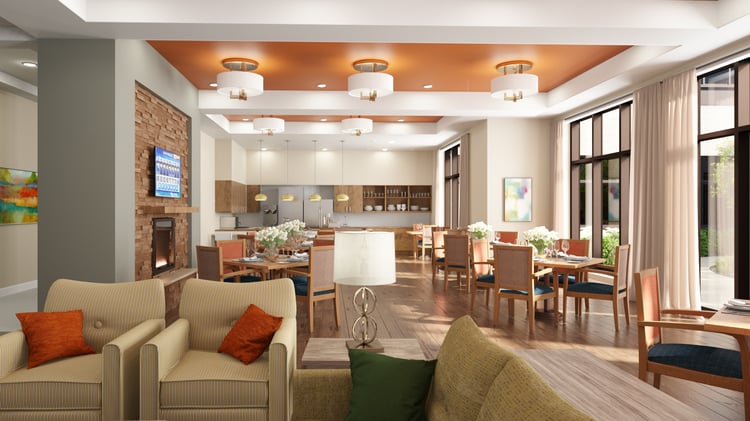Buying or renting senior housing is a major step in a person’s life. Finding an affordable place that fits your lifestyle now and in the future is important.

Cost
The cost of senior living can be a major consideration for families. It’s important to understand how much different options cost and how they compare to staying home. Some seniors can afford a senior living facility with help from family, retirement accounts, or government benefits. It’s also helpful to calculate the total monthly bills a senior pays and compare that number to a monthly fee estimate from a senior living community. It’s also important to consider the costs of home maintenance and utilities, which can be avoided by moving into a senior living apartment. Many seniors hesitate to move into a senior housing facility because they think it will be too expensive, but perception is only sometimes reality. Senior living communities typically include meals, transportation, housekeeping, and more in one monthly fee. And if you add up the costs of home maintenance and utility bills, they can often be more than the cost of living in a senior apartment. You may check various websites, such as villasatsanbernardino.com, for more guidance on the overall cost of senior living.
Location
The decision to move into a senior living community is often a difficult one. But by doing your homework and touring the facilities that are right for you, you can make a decision that will be comfortable for you and your loved ones.
Aside from the cost, location can also factor in choosing a retirement community. Stay close to family members or prefer a more tranquil setting where your retirement will feel like a vacation. Some senior living communities offer independent living apartments, while others are part of a larger campus with a nursing home and assisted living services. This arrangement is a good option for many older adults because it offers more amenities and requires less maintenance.
Amenities
When visiting a senior housing facility, look for the standards of cleanliness and how often staff clean each area. Ask how residents contact staff in an emergency and how to get help. Also, inquire about the types of classes and activities offered. Make sure that the facility is close to community landmarks and shopping areas. Some communities offer game rooms and other amenities that may appeal to seniors. They can be a great place to socialize and make new friends. Many communities also allow residents to keep pets, which can comfort some seniors. In addition to these factors, consider the affordability of the residence and what kind of care the resident might need in the future. Generally, assisted living is considered an intermediate stage between independent living and nursing home care.
Staff
In a senior living facility, staffing levels are important. A high staff ratio to residents can help a community deliver better care. It also ensures residents can access nurses and other healthcare professionals whenever needed. Ideally, it would help if you visited the facility to see how well the staff interacts with residents. Independent living (IL) communities offer various services and amenities for seniors who do not need nursing care. These may include housekeeping, meals, and activities. They also feature smaller assisted living (AL) wings that provide a higher level of service for seniors who require assistance with activities of daily living. Many senior living communities are private and for-profit. This can impact a facility’s level of care, as staff are often pressured to meet revenue goals. However, some non-profit communities offer a more personalized experience for their residents.